4,500cc Overhead Valve 6-Cylinder Engine
Single Dual Throat Claudel Carburetor
63bhp at 2,700rpm
4-Speed Transmission
Semi-Elliptic Springs Front and Rear
Rear-Wheel Brakes on Hubs and Drive Shaft
*Ex- D. Cameron Peck, Alec Ulmann, New York Auto Salon
*Custom built for the New York Auto Salon
*Excellent provenance and originality
*Sporting and capable touring car
*Extensive and costly recent service work - see text
THE SUNBEAM
Founded by John Marston a God-fearing Victorian industrialist who foresaw the growth in demand for private transport, Sunbeam was first associated with beautifully made, though expensive, bicycles. Although comparative latecomers to motor car manufacture, the Wolverhampton-based Sunbeam factory quickly established a fine reputation alongside Lanchester, Wolseley, Austin and Daimler at the heart of the expanding Midlands motor industry.
The company's first conventional car was largely conceived by T C Pullinger, who persuaded Marston to purchase a complete chassis from the French Berliet concern. Exhibited at the Crystal Palace in November 1902, it was marketed as the Sunbeam 10/12, but it was not until 1907, two years after the Sunbeam Motor Car Company had been formed, that the firm produced its first all-British model, the 16/20. The arrival from Hillman in 1909 of influential designer Louis Coatalen and the pursuit of an effective competitions program enabled the marque to establish a formidable reputation prior to WWI, its superbly made products enjoying a reputation rivalling that of the best from Alvis and Bentley thereafter.
Coatalen's Sunbeams won countless races at Brooklands and set a number of speed records prior to WWI, and after The Great War the firm continued to be active in motor sport at the highest level, supplying racing cars to Henry Segrave. An ex-Royal Flying Corps pilot, Segrave made history in 1923 when he won the French Grand Prix at the wheel of a Sunbeam, thus becoming the first British driver to win a Grand Prix driving a British car. Segrave's car was powered by a new state-of-the art, twin-overhead camshaft, 3.0-liter racing engine designed by Vincent Bertarione, who had been recruited by Coatalen from FIAT.
The Segrave/Sunbeam combination won two further Grands Prix in 1924, and in 1925 he was included in Sunbeam's team contesting the Le Mans 24-Hour race. Two of the new 3.0-liter twin-cam Super Sports road models were entered, and although that of Segrave/Duller retired with clutch trouble after 32 laps, the other, driven by Jean Chassagne and Sammy Davis, finished a magnificent 2nd, beaten only by the Lorraine-Dietrich of de Courcelles/Rossignol.
Drawing on Sunbeam's considerable Grand Prix racing experience, which stretched back to 1914, the 24/60 production model featured a robust overhead-valve six-cylinder engine fed by a dual throat Claudel carburetor that tested in excess of 60HP. The chassis specification included a four-speed in-unit gearbox, torque tube back axle, semi-elliptic front suspension and rear suspension brakes on the transmission and rear axle. Enough power to propel formal coachwork and exciting performance when fitted with lightweight bodies.
THE MOTORCAR OFFERED
This Sunbeam was imported into the U.S. as a chassis by famed racing driver Dario Resta in 1921 to receive special lightweight coachwork by Brewster of the New York. The completed car would be debuted at the Sunbeam stand at the New York Auto Salon. Unlike most production English cars of the era, this Sunbeam had the displacement and performance to satisfy an American market – despite its enormous price tag of $6,500 (chassis only).
Elegantly bodied with light aluminum bodywork in a svelte four passenger style. Brewster incorporated some characteristic design elements that suit the Sunbeam nicely like the elegant bustle tail. The short and narrow proportions of the body work expertly with the long hood and cowl of the Sunbeam. Probably due to its show car status it was given some deluxe features like a locking tool compartment in the passenger door and additional tool space in cabinets below the seat. The rear seat support panel is finely caned. The fenders are likely the elegant units supplied on the Sunbeam chassis. Finishing off the handsome motor car were big Rudge-Whitworth quick demountable wheels with double side mounted spares. The handsome dash is equipped with a full complement of instruments befitting a sporting machine as well as two locking compartments.
The Sunbeam's existence in collector circles goes back to the 1940s when pioneering collector and founder of Sebring International Raceway, Alec Ulmann owned the car. Ulmann ultimately sold it on to famed collector D. Cameron Peck who had one of the world's finest collections at that time. The Sunbeam passed through the hands of several discreet collectors until ending up in the vendor's collection about 16 years ago.
Surviving today in complete and remarkably original condition, the Sunbeam has been exercised regularly by its current owner. It appears this elegant machine escaped ever having a tear down restoration and has some fascinating original features. A look under the hood shows the original Claudel carburetor with all its original pre-heating system. The leather wiring covers around the firewall are all still intact. The floor and seat boards are original and have factory numbering. The top still has its original builder's tag and the dash compartments have their original key. The upholstery is quite old and could very well be the original.
The Sunbeam benefits from rather extensive recent service work. The engine has been torn down and the cooling system thoroughly cleaned out. The beautiful German silver radiator has been fully rebuilt with a new, authentic cellular core. A fresh magneto has been fitted. All six Rudge-Whitworth wheels have been refinished in gloss black and fitted with fresh Blockley performance tires. Recent work to the brakes and new high-speed rear-axle gears round-out the extensive mechanical work. The car is in great driving condition and when run with its factory fitted exhaust cut-out really sounds the part.
The paintwork is older and showing age in areas – particularly the fenders but the body and fenders are quite straight and sound. In the opinion of a Bonhams specialist, the car is ripe for a bit of sensitive refreshing, and they feel that a return to its original color scheme would result in a striking and proper machine. These are great performing cars that will roll along with the best of its era. This Sunbeam hails from a pedigree marque with superb racing heritage and is combined with special custom coachwork, New York Auto Salon history and ownership by two of the major collectors of their day. This special Sunbeam is highly recommended.
4,500cc Overhead Valve 6-Cylinder Engine
Single Dual Throat Claudel Carburetor
63bhp at 2,700rpm
4-Speed Transmission
Semi-Elliptic Springs Front and Rear
Rear-Wheel Brakes on Hubs and Drive Shaft
*Ex- D. Cameron Peck, Alec Ulmann, New York Auto Salon
*Custom built for the New York Auto Salon
*Excellent provenance and originality
*Sporting and capable touring car
*Extensive and costly recent service work - see text
THE SUNBEAM
Founded by John Marston a God-fearing Victorian industrialist who foresaw the growth in demand for private transport, Sunbeam was first associated with beautifully made, though expensive, bicycles. Although comparative latecomers to motor car manufacture, the Wolverhampton-based Sunbeam factory quickly established a fine reputation alongside Lanchester, Wolseley, Austin and Daimler at the heart of the expanding Midlands motor industry.
The company's first conventional car was largely conceived by T C Pullinger, who persuaded Marston to purchase a complete chassis from the French Berliet concern. Exhibited at the Crystal Palace in November 1902, it was marketed as the Sunbeam 10/12, but it was not until 1907, two years after the Sunbeam Motor Car Company had been formed, that the firm produced its first all-British model, the 16/20. The arrival from Hillman in 1909 of influential designer Louis Coatalen and the pursuit of an effective competitions program enabled the marque to establish a formidable reputation prior to WWI, its superbly made products enjoying a reputation rivalling that of the best from Alvis and Bentley thereafter.
Coatalen's Sunbeams won countless races at Brooklands and set a number of speed records prior to WWI, and after The Great War the firm continued to be active in motor sport at the highest level, supplying racing cars to Henry Segrave. An ex-Royal Flying Corps pilot, Segrave made history in 1923 when he won the French Grand Prix at the wheel of a Sunbeam, thus becoming the first British driver to win a Grand Prix driving a British car. Segrave's car was powered by a new state-of-the art, twin-overhead camshaft, 3.0-liter racing engine designed by Vincent Bertarione, who had been recruited by Coatalen from FIAT.
The Segrave/Sunbeam combination won two further Grands Prix in 1924, and in 1925 he was included in Sunbeam's team contesting the Le Mans 24-Hour race. Two of the new 3.0-liter twin-cam Super Sports road models were entered, and although that of Segrave/Duller retired with clutch trouble after 32 laps, the other, driven by Jean Chassagne and Sammy Davis, finished a magnificent 2nd, beaten only by the Lorraine-Dietrich of de Courcelles/Rossignol.
Drawing on Sunbeam's considerable Grand Prix racing experience, which stretched back to 1914, the 24/60 production model featured a robust overhead-valve six-cylinder engine fed by a dual throat Claudel carburetor that tested in excess of 60HP. The chassis specification included a four-speed in-unit gearbox, torque tube back axle, semi-elliptic front suspension and rear suspension brakes on the transmission and rear axle. Enough power to propel formal coachwork and exciting performance when fitted with lightweight bodies.
THE MOTORCAR OFFERED
This Sunbeam was imported into the U.S. as a chassis by famed racing driver Dario Resta in 1921 to receive special lightweight coachwork by Brewster of the New York. The completed car would be debuted at the Sunbeam stand at the New York Auto Salon. Unlike most production English cars of the era, this Sunbeam had the displacement and performance to satisfy an American market – despite its enormous price tag of $6,500 (chassis only).
Elegantly bodied with light aluminum bodywork in a svelte four passenger style. Brewster incorporated some characteristic design elements that suit the Sunbeam nicely like the elegant bustle tail. The short and narrow proportions of the body work expertly with the long hood and cowl of the Sunbeam. Probably due to its show car status it was given some deluxe features like a locking tool compartment in the passenger door and additional tool space in cabinets below the seat. The rear seat support panel is finely caned. The fenders are likely the elegant units supplied on the Sunbeam chassis. Finishing off the handsome motor car were big Rudge-Whitworth quick demountable wheels with double side mounted spares. The handsome dash is equipped with a full complement of instruments befitting a sporting machine as well as two locking compartments.
The Sunbeam's existence in collector circles goes back to the 1940s when pioneering collector and founder of Sebring International Raceway, Alec Ulmann owned the car. Ulmann ultimately sold it on to famed collector D. Cameron Peck who had one of the world's finest collections at that time. The Sunbeam passed through the hands of several discreet collectors until ending up in the vendor's collection about 16 years ago.
Surviving today in complete and remarkably original condition, the Sunbeam has been exercised regularly by its current owner. It appears this elegant machine escaped ever having a tear down restoration and has some fascinating original features. A look under the hood shows the original Claudel carburetor with all its original pre-heating system. The leather wiring covers around the firewall are all still intact. The floor and seat boards are original and have factory numbering. The top still has its original builder's tag and the dash compartments have their original key. The upholstery is quite old and could very well be the original.
The Sunbeam benefits from rather extensive recent service work. The engine has been torn down and the cooling system thoroughly cleaned out. The beautiful German silver radiator has been fully rebuilt with a new, authentic cellular core. A fresh magneto has been fitted. All six Rudge-Whitworth wheels have been refinished in gloss black and fitted with fresh Blockley performance tires. Recent work to the brakes and new high-speed rear-axle gears round-out the extensive mechanical work. The car is in great driving condition and when run with its factory fitted exhaust cut-out really sounds the part.
The paintwork is older and showing age in areas – particularly the fenders but the body and fenders are quite straight and sound. In the opinion of a Bonhams specialist, the car is ripe for a bit of sensitive refreshing, and they feel that a return to its original color scheme would result in a striking and proper machine. These are great performing cars that will roll along with the best of its era. This Sunbeam hails from a pedigree marque with superb racing heritage and is combined with special custom coachwork, New York Auto Salon history and ownership by two of the major collectors of their day. This special Sunbeam is highly recommended.



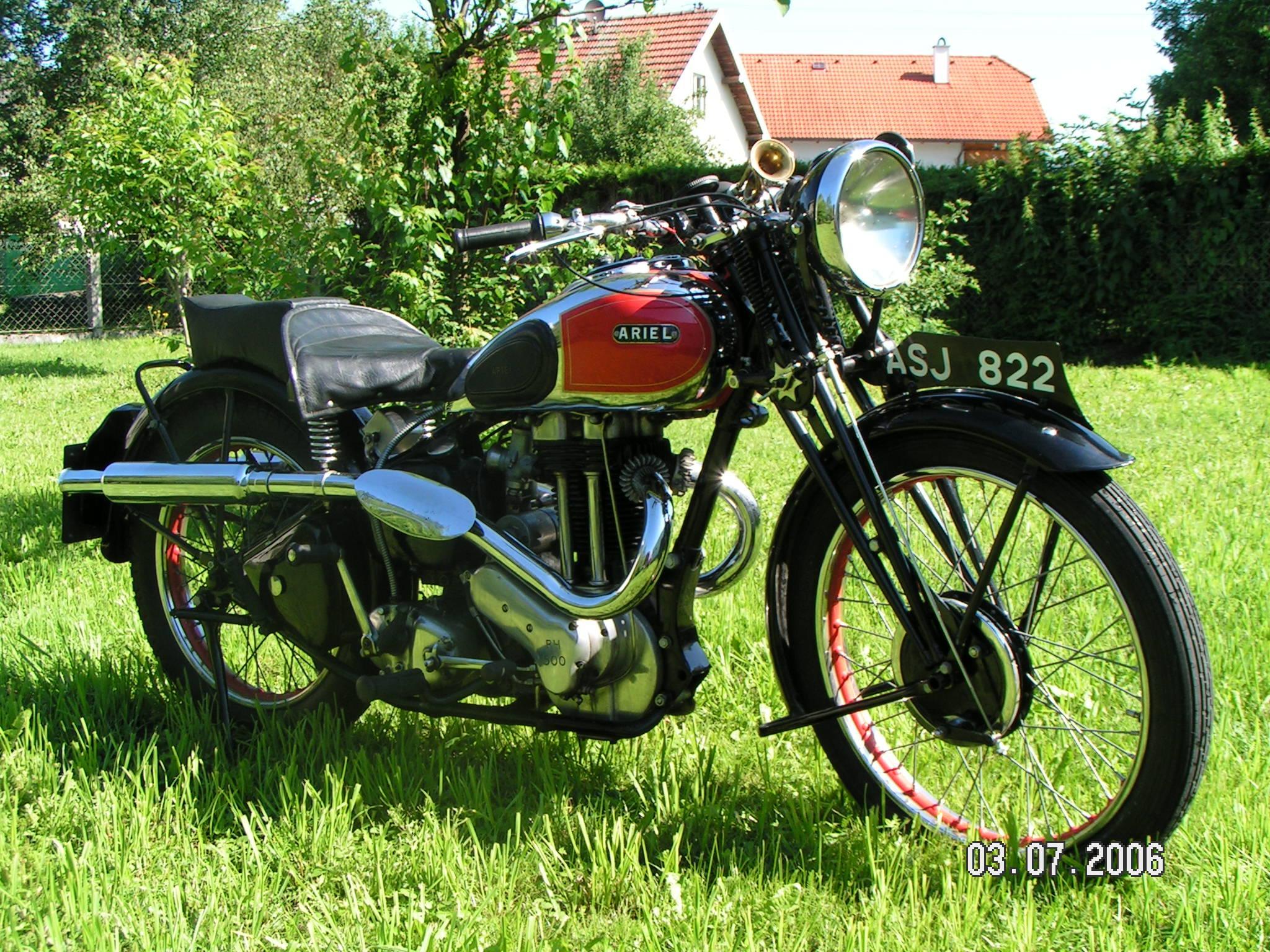

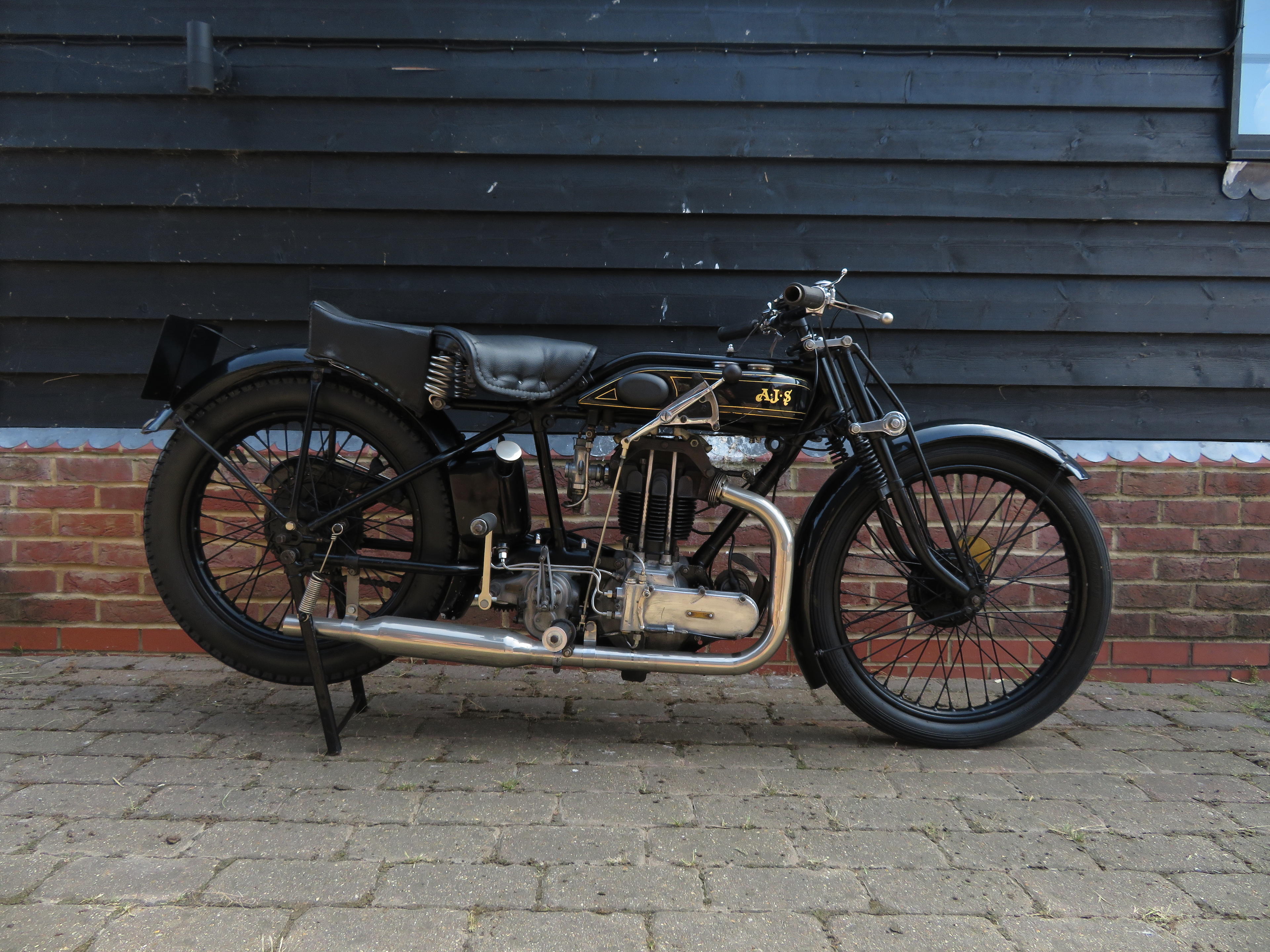
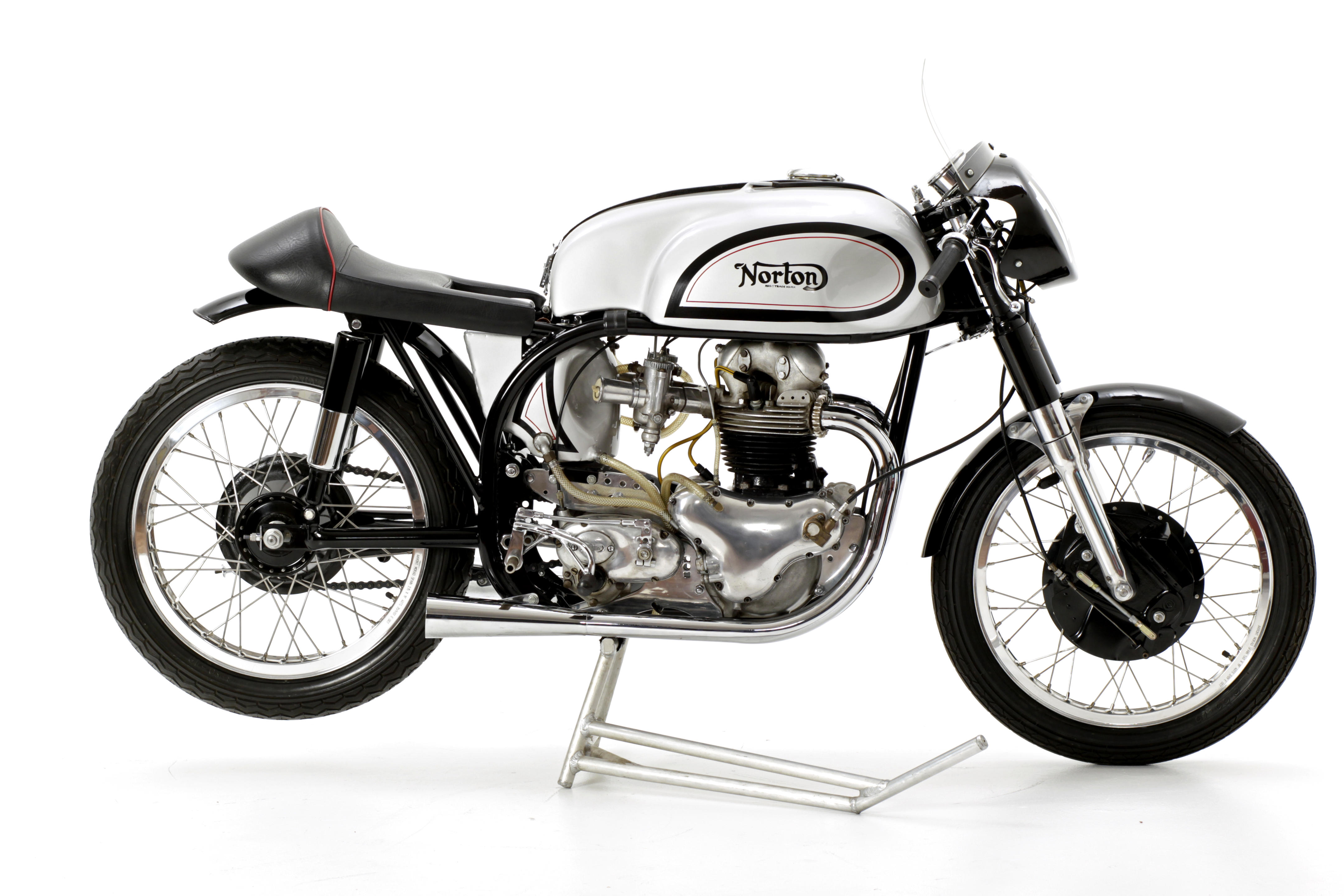
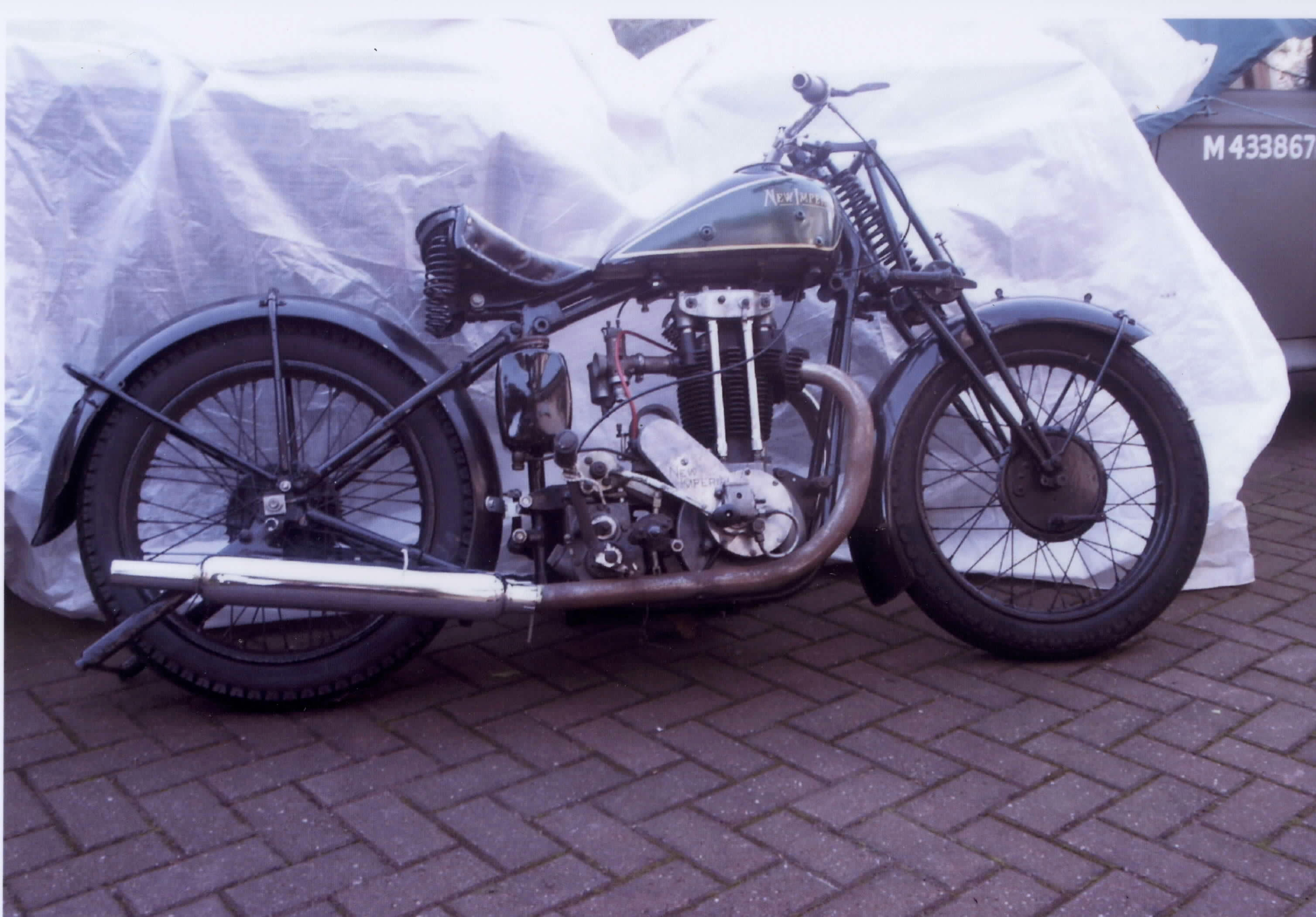
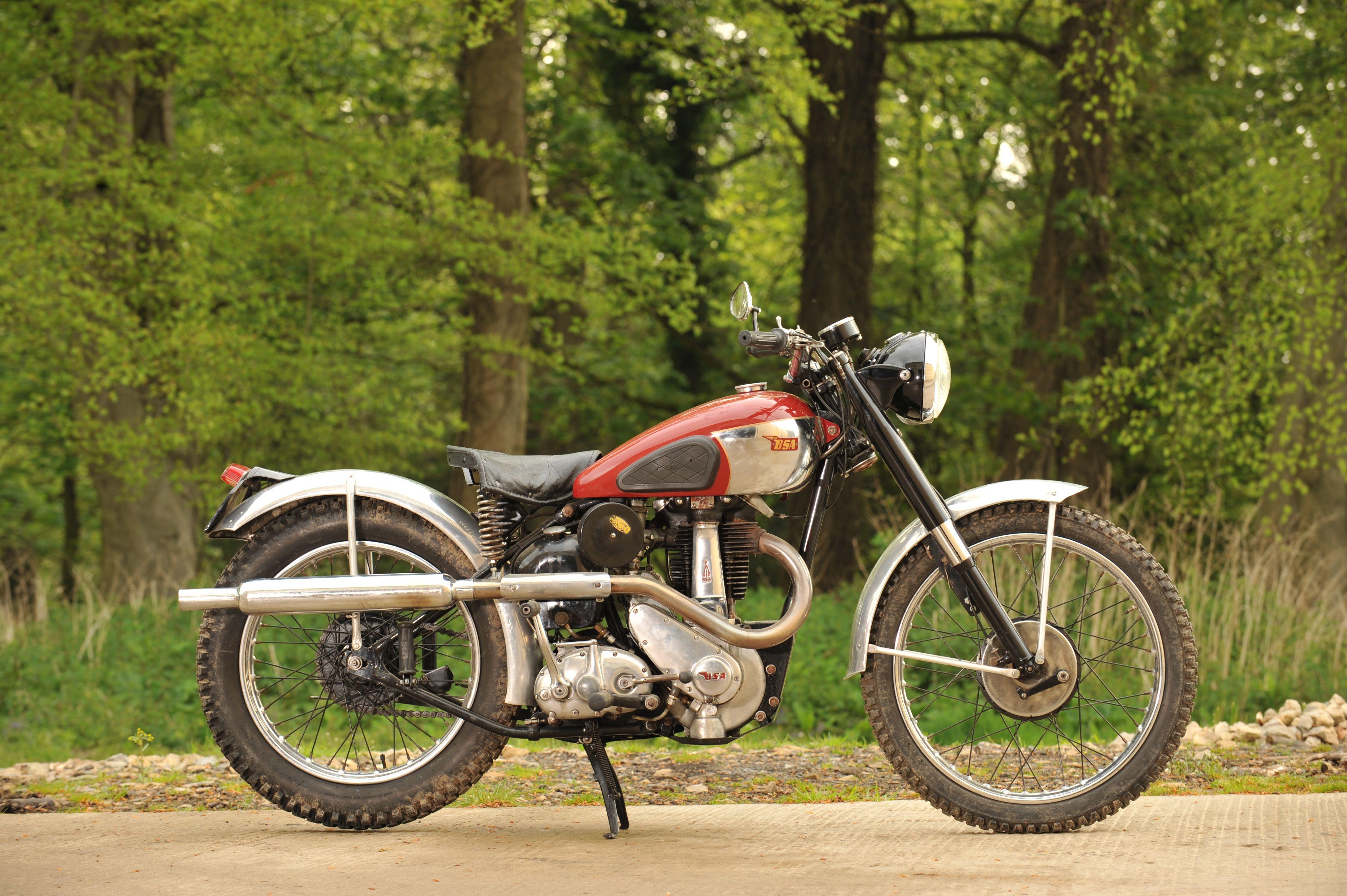
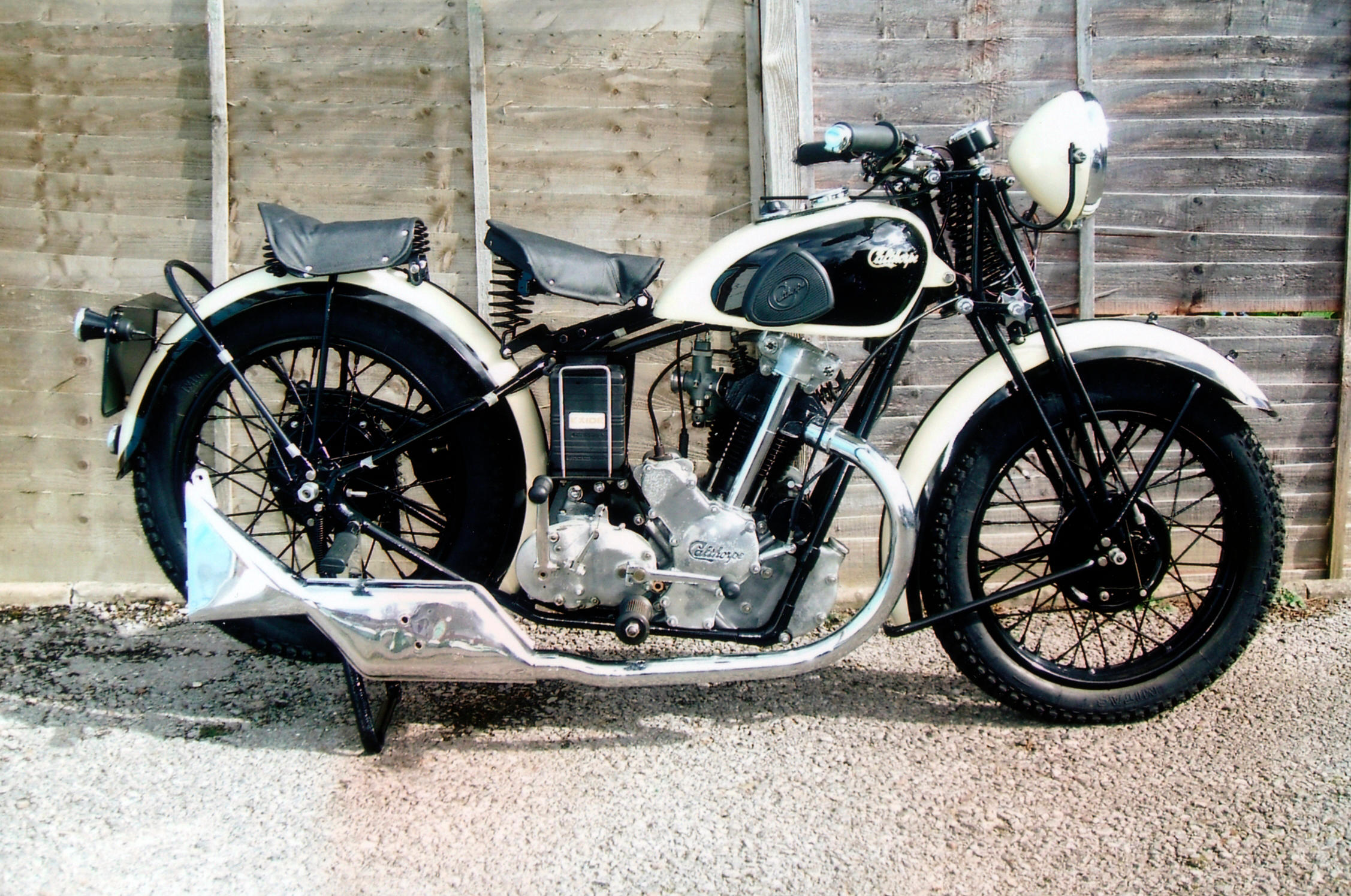
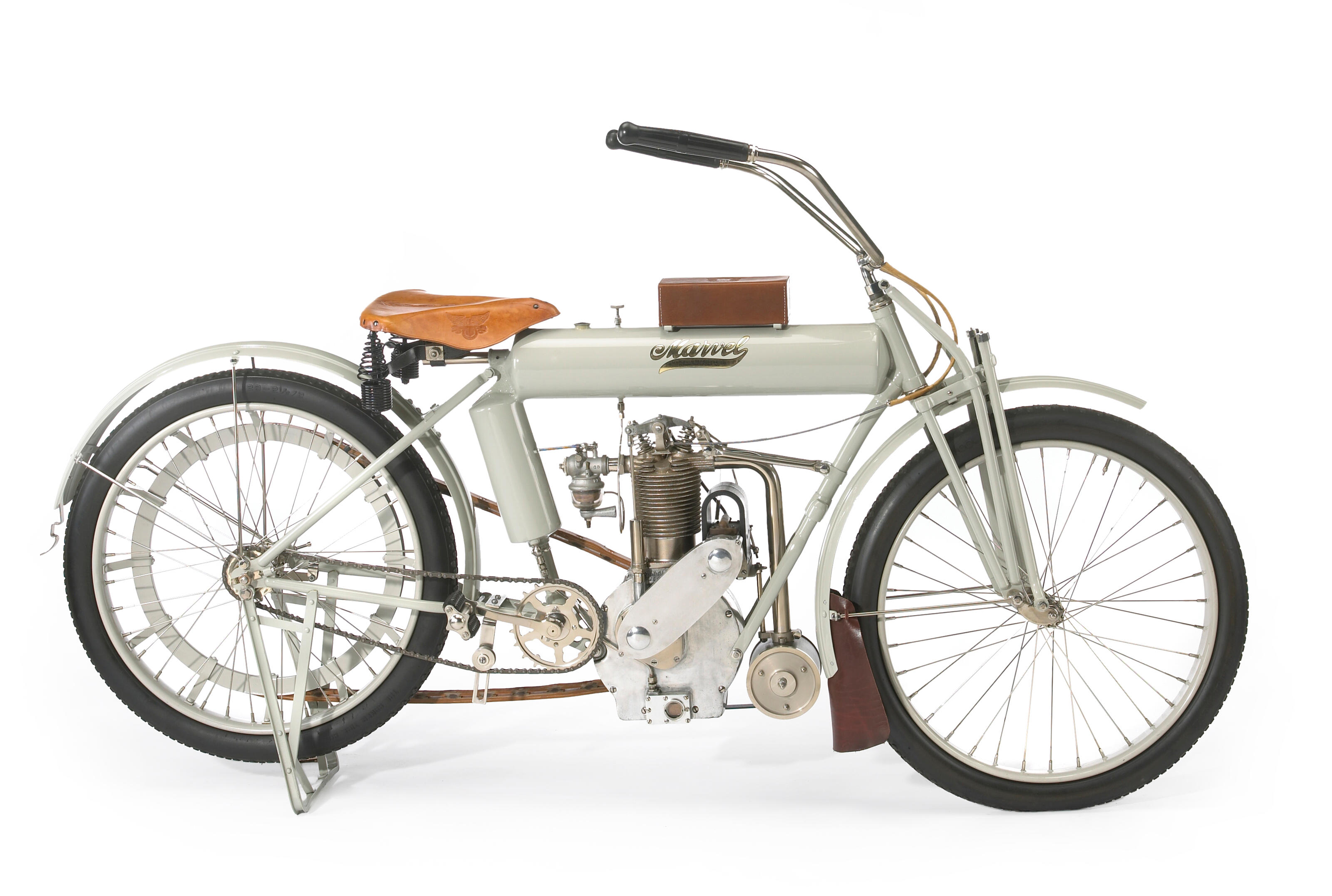
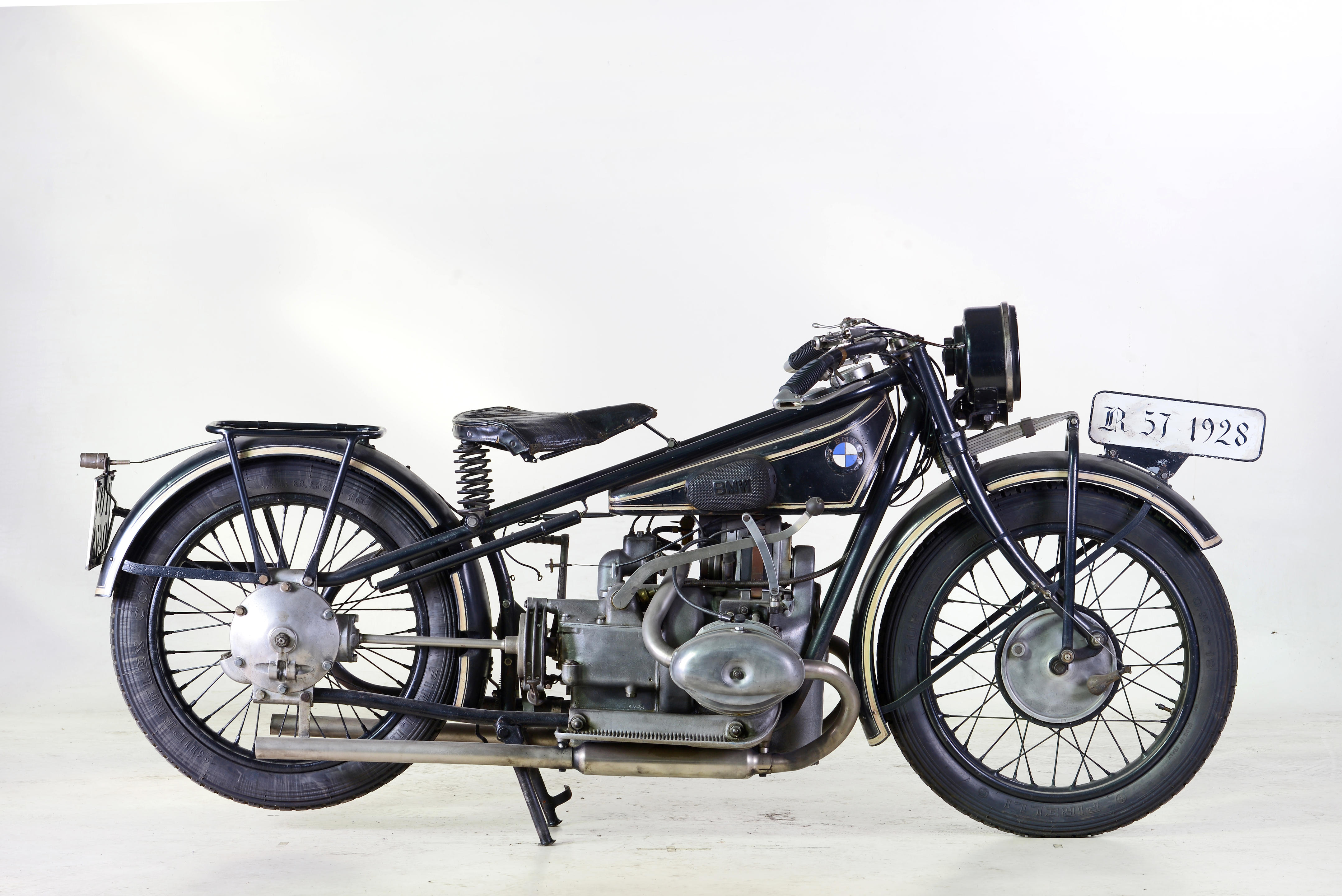
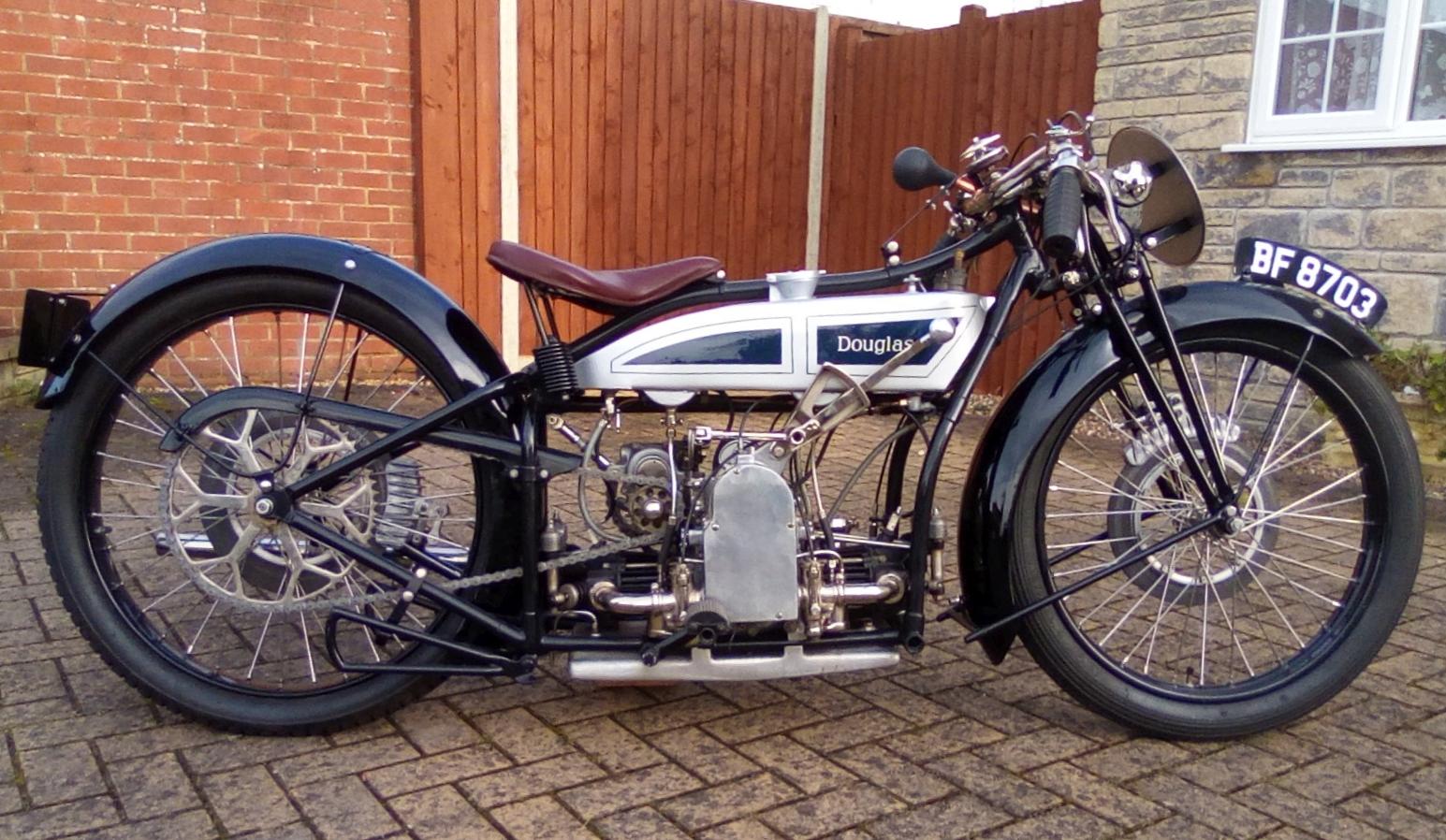

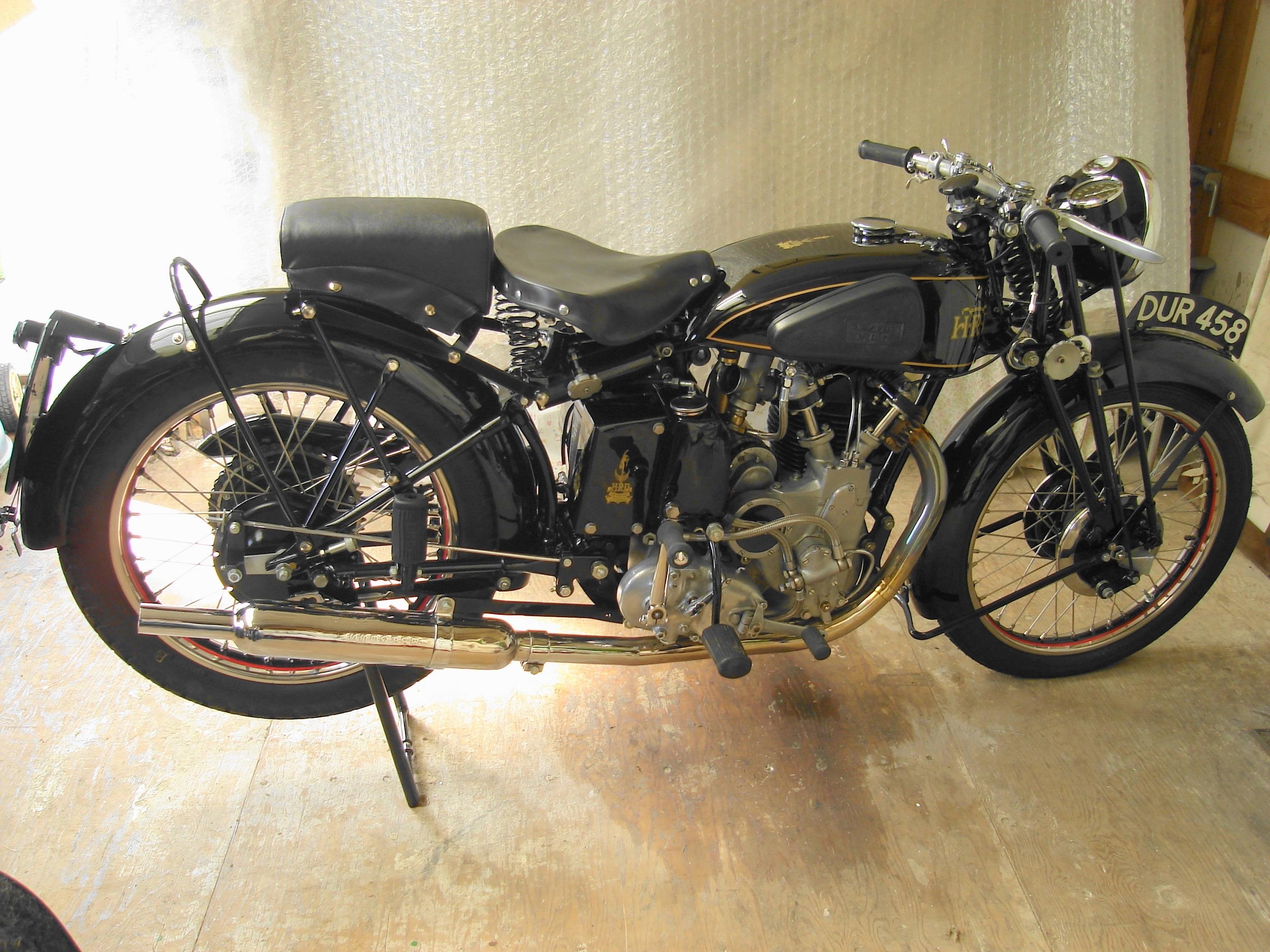
Testen Sie LotSearch und seine Premium-Features 7 Tage - ohne Kosten!
Lassen Sie sich automatisch über neue Objekte in kommenden Auktionen benachrichtigen.
Suchauftrag anlegen